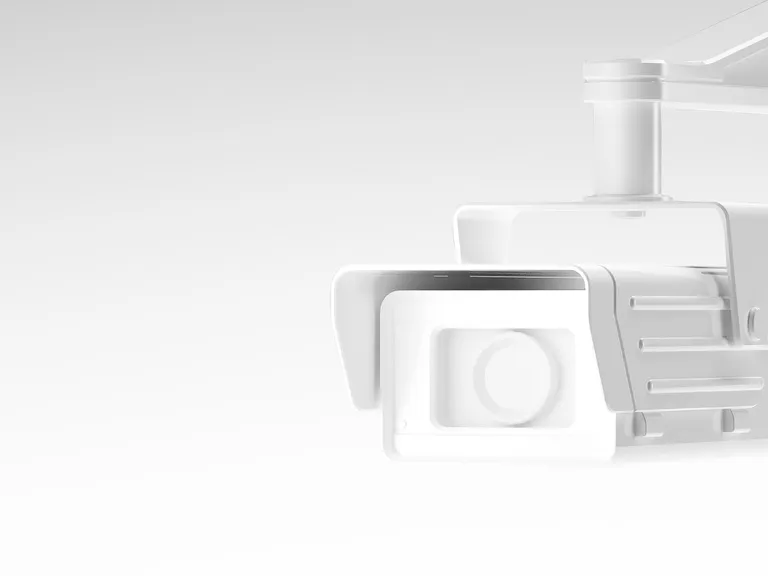Security / High Availability
How Alarm Centers Merged – Without Noise
The Fassade Web API enables a customer-centric view of alarm systems across multiple sites. With master data management and a harmonized interface, customers can centrally manage their systems and alarm handling. The solution streamlines processes, boosts customer satisfaction, and makes integration into existing systems easier.

Key data at a glance
Tasks
Roles
Products
Challenge
Alarm systems across three different branches, separate databases, varying configurations – and customers who want a unified overview across Switzerland. Until now, there was no central visibility, let alone the ability for customers to manage their systems independently. Alarm processing or assigned personnel? Everything had to be handled manually by the central office. The solution: a harmonized perspective focused on the customer rather than on physical locations. An API that consolidates data from multiple systems – without the portal needing to know where the data comes from. And all this while the alarm centers continue to run – smoothly and without triggering false alarms.

Success
The introduction of the API created, for the first time, a unified view of customer alarm systems – regardless of locations or system boundaries. Customers were now able to independently manage alarm responses, assign responsible staff, and view system information. This reduced support workload and significantly increased customer satisfaction.
Even before the full harmonization project was completed, the solution enabled centralized master data management for alarm systems, alarms, and customer contacts. This not only cut down on manual processes but also provided valuable insights for the upcoming system harmonization.
The API aggregated data from different locations and presented it in a single, customer-focused view. The customer portal no longer had to deal with different configurations or technical discrepancies – it could access the data as if there were just one centralized alarm hub. This laid the foundation for more efficient processes, higher service quality, and seamless integration into existing systems.
Approach
At the outset, it wasn’t clear how the data from different branches could be meaningfully unified. Through workshops and extensive data analysis, we worked out how to create a consistent, customer-centric view of the data. Together with the client, we defined which features should be provided and how they would integrate into existing systems.
A flexible architectural concept was developed to connect various systems, map data centrally, and allow for transactional updates. A job system handled scheduled and asynchronous processes.
The technical implementation was based on C# .NET Core and REST technologies, paired with an MS SQL database, Entity Framework, and integrated caching for improved performance. A compact, lightweight GUI using ASP.NET and Bootstrap provided live system monitoring.
Development began in a separate test environment, with integration into the customer portal provider. Following successful testing, the system was installed in the customer’s environment, where it underwent user acceptance testing. After approval, the solution was rolled out into production. Additional features and optimizations were implemented in subsequent development phases – laying the groundwork for future expansions.
Tech Stack
Methods & Paradigms
DevOps
Architecture
Design Patterns
SDL
ooT, ooA, ooD, ooP
Server Technology
MS Internet Information Server
Database Technologies
MS-SQL Server
OR Mapper
Languages & Frameworks
C#.NET
ASP.NET MVC
Communication Technologies
XML
JSON
Web Development Technologies
HTML
Java Script
Communication / Protocols
HTTP(S)